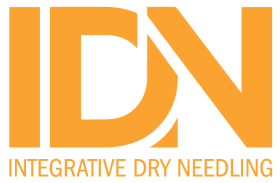A randomized controlled trial investigating feasibility, acceptability and effects of dry needling for provoked vestibulodynia
J Pain. 2025 Nov 7:105596. doi: 10.1016/j.jpain.2025.105596. Online ahead of print. ABSTRACT This study aimed to investigate the feasibility, acceptability, and effects


